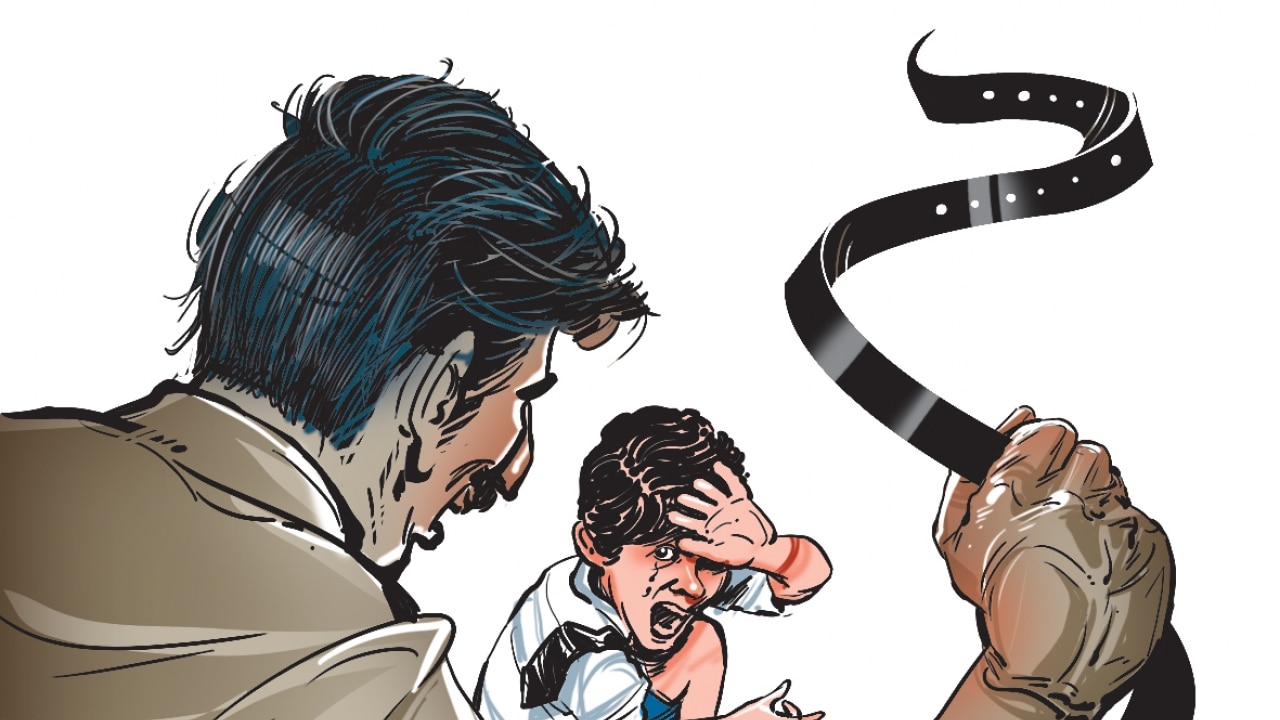
The last few years have seen an alarming rise in the overall number of crimes against children. According to the National Crime Records Bureau (NCRB), 58,224 cases were reported in the country in 2013. This figure represents an over 50% rise compared to 2012, when 38,172 cases were reported.
And these are just the cases that have been reported. Thousands of other children suffer in silence.
Yet, the idea of child protection – and that children have the right to remain safe everywhere, regardless of time and place – is still not mainstream, nor is the idea that child protection is everyone’s responsibility. We all come in contact with children every day, be they our own, our nephews and nieces, or the neighbour’s kids. And when we see a child in distress, we want to help out – only to be held back because we don’t know what to do.
The #ActNow campaign by Aangan, an NGO that works on child protection issues, aims to encourage and inspire everyday citizens and the general public to take part in child protection, and to spread the message that child protection is a shared responsibility. As part of the campaign, a group of school principals, parents, heads of education boards and educationists came together for a roundtable discussion on Tuesday at YMCA, Mumbai, to address issues pertaining to child safety in schools. The aim of the discussion was to develop guidelines that schools, parent groups and other interested people can use to formulate their own child protection policies, thus creating safe environments for children.
School has often been termed as a second home for children – a statement that stands true since, next to the home, school is where children spend most of their time and come into contact with peers and adults who influence their behaviour. Children therefore have the right to be safe and secure in the school environment, and to have a voice to speak up if they aren’t. Yet violations of various forms – from bullying and corporal punishment to sexual abuse and rape – committed against children are constantly reported from schools across the country.
The concept of safe schools is important because, as Spokey Wheeler, co-founder of Adhyayan, an organisation that works to improve the quality of learning and leadership in schools, pointed out, the role of a school is no longer restricted to just within its own boundaries. External factors such as smartphones and social media – and their fallouts, like cyber-bullying – have a huge impact on children’s safety, and present new challenges for schools.
“It is a matter of great surprise that child protection is hardly ever part of school policies,” said Parveen Shaikh, the head of pre-primary and primary at The Somaiya School, Mumbai.
The participants discussed several child protection issues in schools, including a child’s physical, emotional, personal, social and sexual safety, teacher-student interaction, discipline, identifying and reporting various forms of child abuse, and how schools can be made inclusive for all children, including those with disabilities.
“There is a misunderstanding that child protection is only about sexual abuse,” said Father George Athaide, secretary of the Archdiocesan Board of Education. “When we talk about child protection, we need to address issues such as humiliation by teachers or corporal punishment as well.”
There is much to be done in the domain of child protection, yet discussions like these can be considered a small but vital start – to share experiences, bring child protection into the collective consciousness and work towards actively being involved with schools to lay down minimum standards for child protection.
The author is a Communications Associate at Aangan, an NGO that works with children in dangerous situations like child trafficking, child marriage, hazardous work, and violence and abuse, to prevent and protect them from harm.